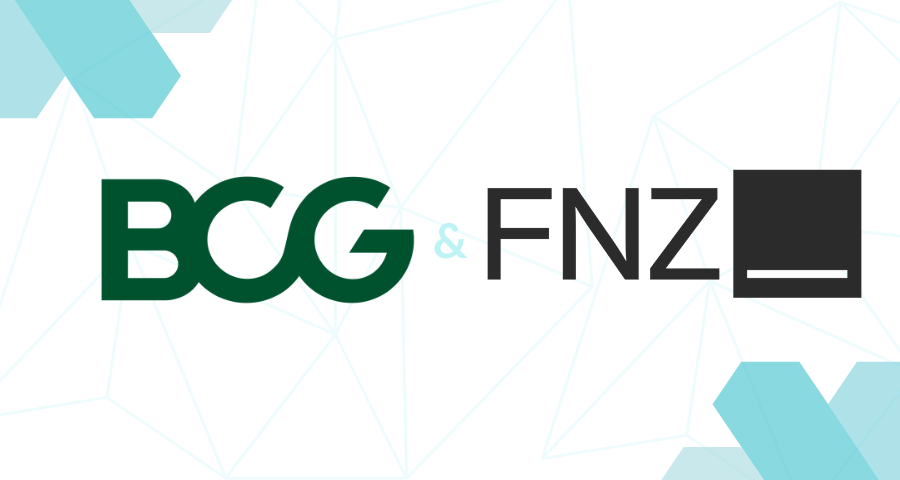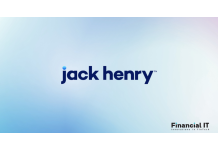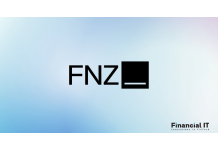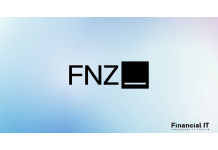GCEX Group Acquires GlobalBlock To Accelerate Growth...
- 25.09.2025 09:55 am
FNZ and AJ Bell Extend Long-Term Partnership with New...
- 18.09.2025 12:15 pm
HSBC Deploys Wealth Intelligence for Its Wealth...
- 16.09.2025 09:35 am
Trade Republic Expands From Brokerage to Wealth...
- 15.09.2025 04:05 pm
Jack Henry Strengthens Wealth Management Services With...
- 09.09.2025 12:15 pm
Citi to Deliver New Customized Portfolio Offering...
- 05.09.2025 04:25 pm
Moneybox Financial Results Set the Pace for the UK...
- 22.08.2025 12:25 pm
FNZ Launches Advisor AI to Redefine Advisor...
- 19.08.2025 08:25 am
Broadridge Partners With Uptiq to Modernize Wealth...
- 07.08.2025 12:50 pm
New Wealth Management Platform Stratiphy Launches to...
- 01.08.2025 09:25 am
BIBD Securities Sdn Bhd Enhances Wealth Management...
- 31.07.2025 09:45 am
FNZ Announces Strategic Partnership With Microsoft to...
- 28.07.2025 09:25 am






















